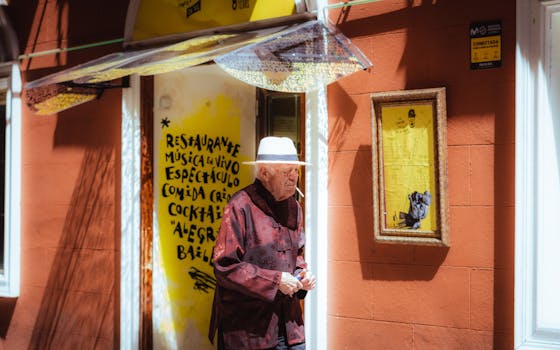
“
The Art of Slow Travel: Embracing a Lifestyle of Mindful Exploration
The concept of slow travel has been gaining popularity in recent years, and for good reason. In a world where fast-paced tourism has become the norm, slow travel offers a refreshing alternative. It’s an approach to travel that emphasizes mindfulness, cultural immersion, and a deeper connection with the people and places you encounter. For those interested in exploring the culinary aspects of their journeys, consider checking out our article on Culinary Adventures: Exploring Europe’s Food Scene in 2025.
What is Slow Travel?
Slow travel is a mindset, a way of approaching travel that values quality over quantity. It’s about taking the time to truly experience a place, to soak up its atmosphere, and to connect with its people. Slow travelers often spend more time in fewer destinations, allowing them to dig deeper and form meaningful relationships with the local community. This approach aligns well with the principles of sustainable travel, which emphasizes eco-friendly practices.
The Benefits of Slow Travel
There are numerous benefits to adopting a slow travel approach. For one, it allows you to reduce your environmental impact by minimizing your carbon footprint and supporting local economies. Slow travel also enables you to develop a more nuanced understanding of the cultures you encounter, by taking the time to learn about their customs, traditions, and ways of life. Engaging with local cultures can also enhance your travel experience, as discussed in our piece on Cultural Fusion: Embracing Diversity in European Lifestyles by 2025.
How to Embrace Slow Travel
So, how can you start embracing the art of slow travel? Here are a few tips to get you started:
- Take your time: Slow travel is all about slowing down and savoring the moment. Avoid rushing from one destination to the next, and instead, focus on exploring each place thoroughly.
- Immerse yourself in local culture: Connect with the local community by attending cultural events, trying traditional cuisine, and learning a few basic phrases in the local language.
- Support local economies: Choose to stay in family-run accommodations, eat at local restaurants, and shop at markets or from local artisans.
- Be mindful of your impact: Be respectful of the environment and the local community, by reducing your waste, using public transport, and avoiding activities that may harm the local ecosystem.
Conclusion
In conclusion, the art of slow travel offers a unique and rewarding approach to exploration. By embracing a lifestyle of mindful exploration, you can transform your travels into meaningful experiences that stay with you long after you return home. So, why not give slow travel a try? Your next journey could be the start of a lifelong adventure.





